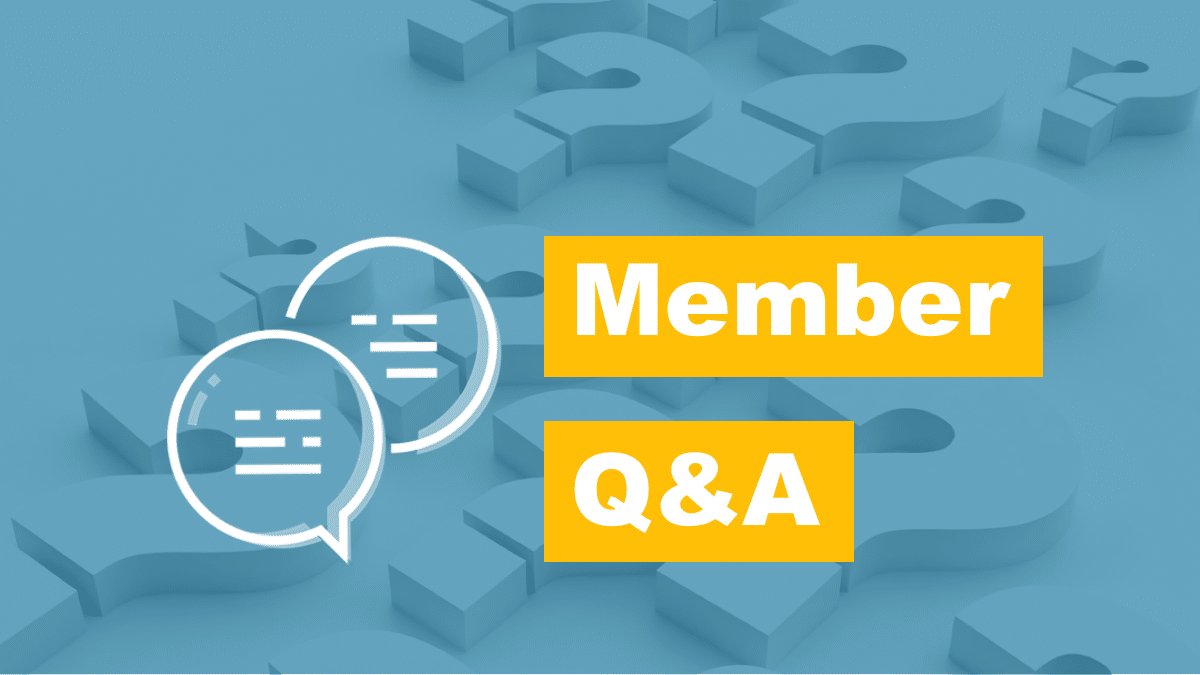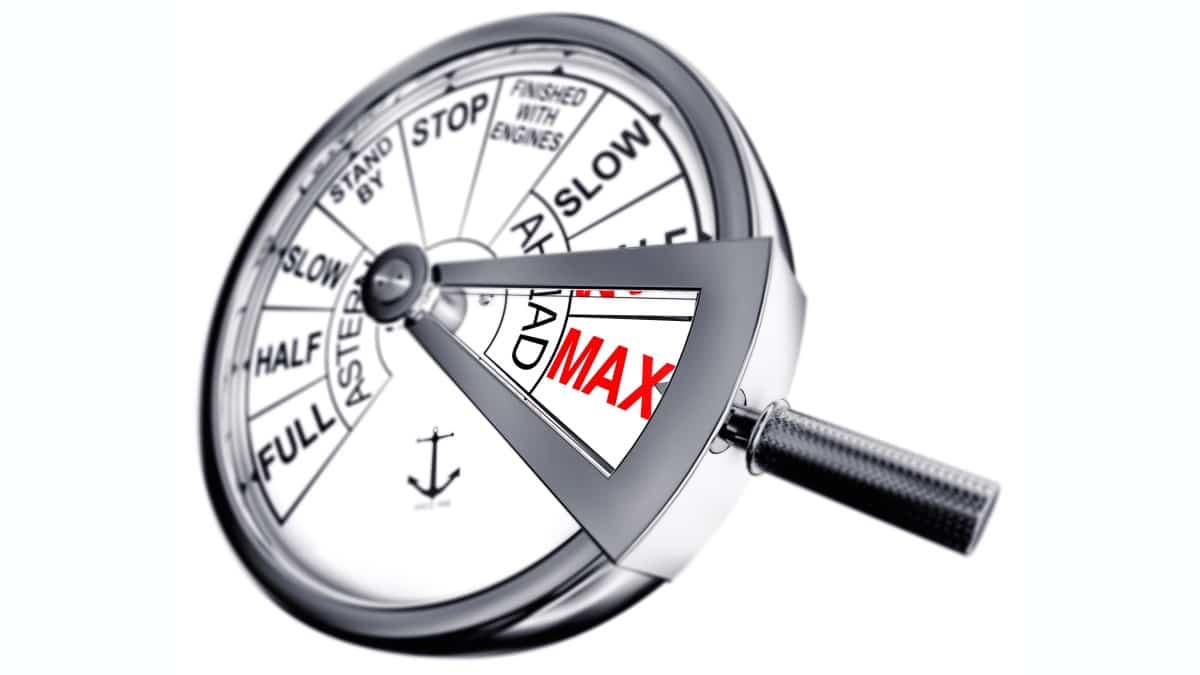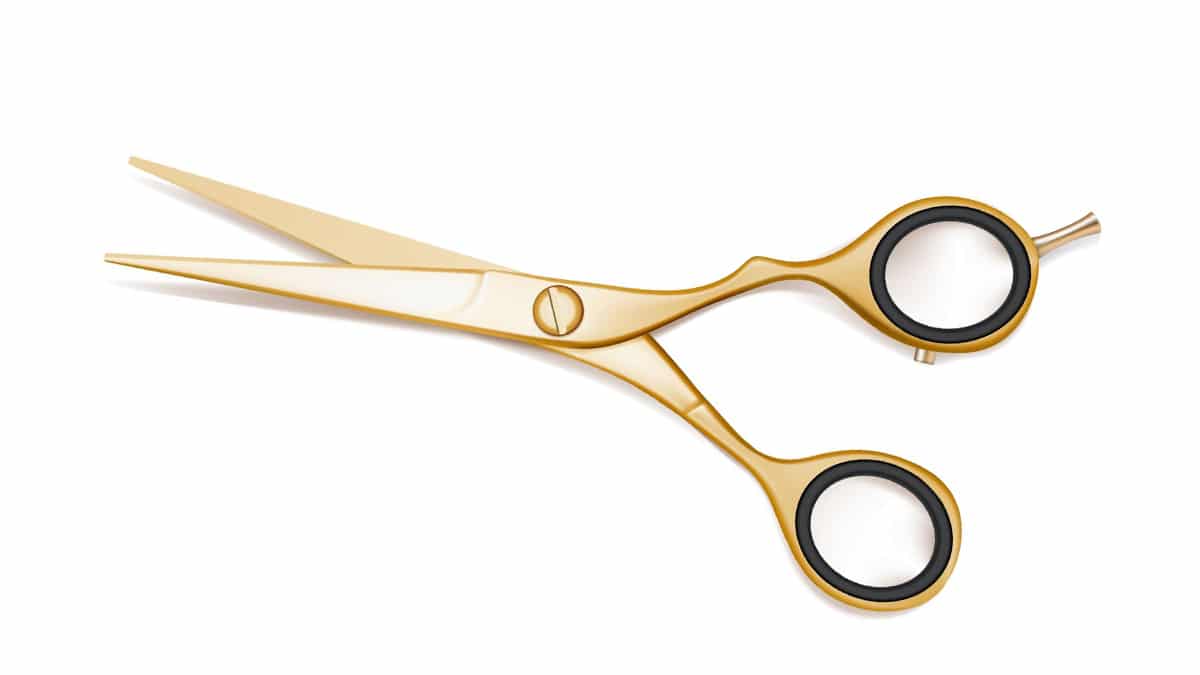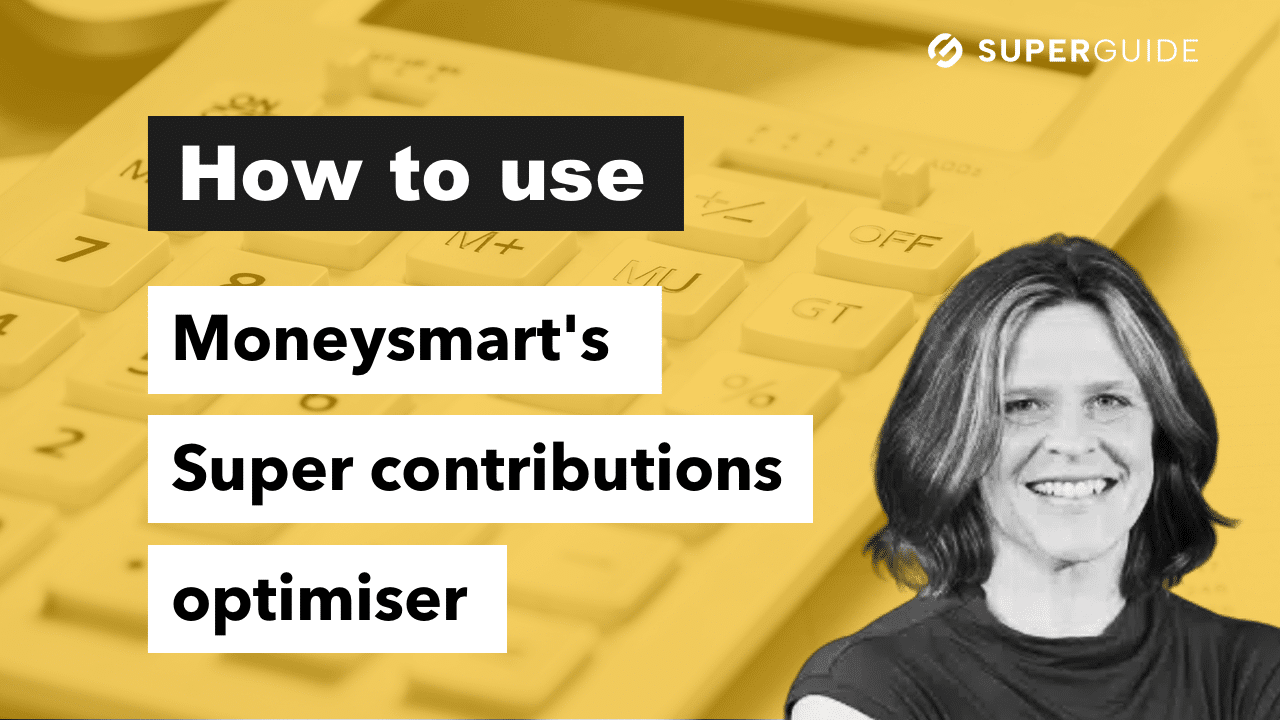In this guide
In the run-up to retirement, putting some extra money into your super can be a sensible idea. The same goes if you’re lucky enough to receive an inheritance or sell a large asset.
Not only will it give your retirement savings a boost, but when you withdraw super in retirement phase the income is generally tax free.
However, the contribution caps (or limits) can make it tricky to get a large amount of after-tax money into your super account in a single year. One solution is to use a bring-forward arrangement.
Removal of the work test and changes to the upper age limit for making bring-forward contributions from 1 July 2022 mean many older Aussies are now able to take advantage of the valuable opportunity these arrangements provide.
What is a bring-forward arrangement?
Although it sounds complicated, bring-forward contributions are just what they sound like. You can automatically bring forward your non-concessional contributions caps (or limits) from future years to contribute more than the non-concessional cap during a financial year without generating excessive contributions and paying additional tax.
Bring-forward arrangements are different from carry-forward contributions, which involve using previously unused concessional (before-tax) contributions cap amounts on a rolling five-year basis. Bring-forward arrangements, on the other hand, involve non-concessional contributions.
From 1 July 2024, the annual non-concessional (after-tax) contributions cap is $120,000.
A bring-forward arrangement is triggered automatically if you are eligible and you contribute more than the annual non-concessional cap in a single financial year. Once you trigger a bring-forward arrangement, you have a bring-forward period, which usually lasts three financial years including the year you triggered the arrangement.
When the rule is triggered, your bring-forward amount is set. This is three times the annual cap for a three-year arrangement. If you do not contribute more than your bring-forward amount during your bring-forward period, you will not generate excessive contributions and will not need to pay additional tax.
For example, you could contribute three times the cap in the first year and make no further contributions in the second and third year. Alternatively, you could contribute one and a half times the cap in the first year and spread the remaining amount over the two following years.
If your total superannuation balance was higher than $1.9 million on the previous 30 June, your non-concessional cap is zero and you cannot use the bring-forward rule.
Background to the 1 July 2022 rule changes
Until 30 June 2022, you needed to be under age 67 during a financial year to start a bring-forward arrangement.
From 1 July 2022, the age limit increased to age 75, allowing people in their early 70s to start a bring-forward arrangement. If you’re under age 75 at any time in a financial year you may now be eligible to make a contribution of up to three times the annual general non-concessional cap in that financial year.
In fact, you actually have a little extra time. If you are turning 75, you have up to 28 days after the end of the month in which you turn 75 to make a personal contribution to your super fund. Even so, it’s wise not to leave it to the last minute as your super fund may not process it immediately.
Another important change from 1 July 2022 onwards was that if you’re younger than 75, you no longer need to meet the work test for your super fund to be permitted to accept your non-concessional contributions. So, even if you’re not working you can now use the bring-forward rules.
Who is eligible to use a bring-forward arrangement?
If you want to use the bring-forward rules, you need to check you meet all of the three eligibility criteria before you make your contribution:
Eligibility criteria 1: Age
Rules applying from 1 July 2022 and subsequent financial years
If you are under 75 years of age at any time in a financial year you may be able to make non-concessional contributions of up to three times the annual general non-concessional cap in that financial year. You must be under age 75 for at least one day during the triggering year (the first year) and not already be in an active bring-forward period. When you turn 75, you legally have up to 28 days after the end of the month in which you turn 75 to make your contribution, although some super funds apply stricter time limits
Eligibility criteria 2: Total Superannuation Balance (TSB)
To make any non-concessional contribution (that is not an excessive contribution), your total superannuation balance (TSB) must be less than $1.9 million on 30 June of the financial year before the one in which you want to make your contribution. From 1 July 2021 to 30 June 2023 the limit was $1.7 million.
From 1 July 2024, if your TSB is $1.66 million or over on 30 June of the previous financial year, you are limited in the available amount of bring-forward contributions you can make.
Available bring-forward contribution amounts for 2024–25
| Your Total Superannuation Balance on 30 June 2024 | Your available contribution amount and bring-forward period |
|---|---|
| Less than $1.66m | 3 years of caps ($120,000 x 3 = $360,000) 3 years bring-forward period |
| $1.66m to less than $1.78m | 2 years of caps ($120,000 x 2 = $240,000) 2 years bring-forward period |
| $1.78m to less than $1.9m | 1 year of cap ($120,000 x 1 = $120,000) No bring-forward, general non-concessional contributions cap applies |
| $1.9 million or more | Nil |
The remaining cap for the second or third year of a bring-forward arrangement is reduced to nil for a financial year if your total super balance is greater than or equal to the general transfer balance cap (currently $1.9 million) on 30 June of the prior financial year.
For example, if your total super balance was $1.65 million on 30 June 2024 and you trigger a bring forward arrangement in 2024–25 you will have access to a three-year bring-forward arrangement. However, if your total super balance on 30 June 2025 is higher than $1.9 million, you will have a non-concessional cap of zero for the 2025–26 year (assuming the transfer balance cap has not increased). In this case, you will not be able to make non-concessional contributions under the cap in the second year of your bring-forward arrangement. Whether contributions are permitted in the third year will depend on your total super balance on 30 June 2026 and the transfer balance cap for 2026–27.
Eligibility criteria 3: Triggering a bring-forward arrangement
If you want to commence a bring-forward arrangement in a particular financial year, you must not have already triggered a bring-forward arrangement in a previous year and be in what the ATO terms an ‘active bring-forward period’.
You are automatically considered to be in an active bring-forward period if you contribute more than the annual general non-concessional contributions cap in a single financial year ($120,000 in 2024–25).
It’s possible to accidentally trigger a bring-forward arrangement in a previous financial year without realising it. Before making personal contributions into your super account, consider all the contributions you have made to all your super funds, as excess concessional (before-tax) contributions are also counted towards your non-concessional contributions cap.
How do I start a bring-forward arrangement?
Starting a bring-forward arrangement is easy.
You don’t need to notify your super fund or the ATO, or even fill in an application, as your super fund automatically reports all your contributions to the ATO.
If you are eligible to make non-concessional contributions and you contribute more than the annual general cap in one financial year ($120,000 in 2024–25), you automatically gain access to your future years of contributions caps. This is referred to as triggering the bring-forward rules.


















